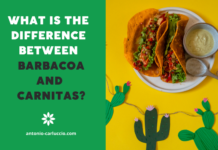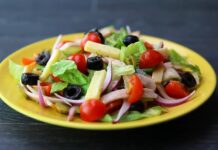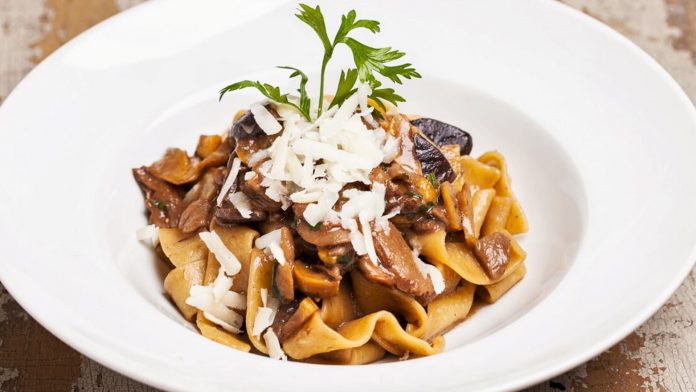
Risotto

To the amazement of many, Italy is the largest producer of rice in Europe, as this crop is mainly grown in the flat Po Valley, the “rice bowl of Italy”. Milan is located in this region, so naturally, it is one of the city’s most recognizable and traditional dishes. Risotto ala Milanese is the most famous recipe. According to a legend, it appeared in the 16th century, when an apprentice working on Duomo added saffron to white rice, making it yellow. Regarding the actual taste, cheese and bone marrow are the stars of risotto’s famous creaminess.
Ossobucco
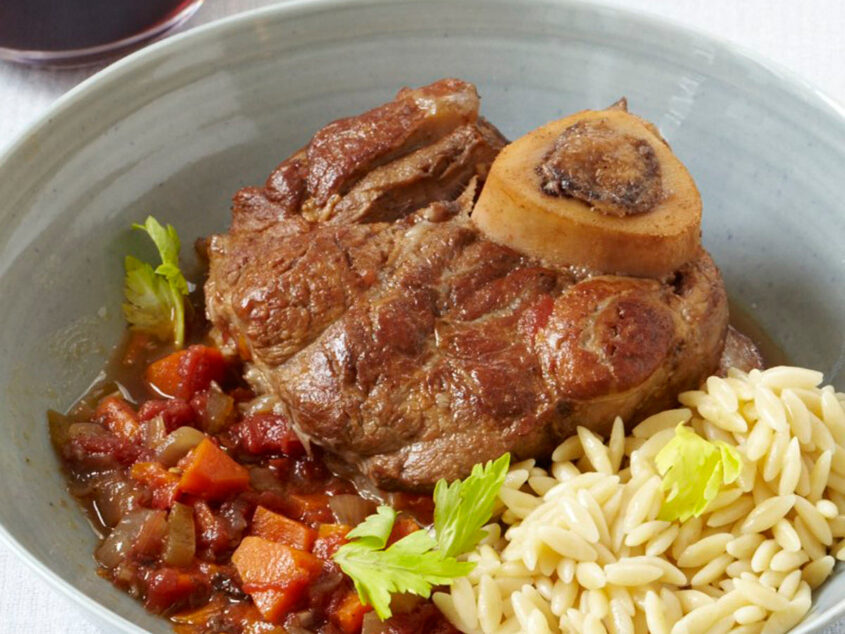
This meal translates to “bone with a hole”. As the city is famous for meat, this is one of the meat stars present in most traditional restaurants. It is a crosscut veal shank braised in a mix of onions, celery, carrots, white wine and broth, a fork-tender piece of meat that melts in your mouth. The jellylike marrow at the center of the bone is what makes it special. To make it interesting, it is often served with risotto alla Milanese.
Piadina

Although similar to quesadillas, the piadina is actually quite different. This thin, flaky Italian flatbread is a bit thicker but amazingly light and crispy. It is freshly cooked on an electric griddle. The dish comes from the Emilia-Romagna region, and it is famous as a lunch dish in Milan, where the chefs stuff it to the brim with various meats, cheeses and vegetables. When you arrive in Milan, you will see this dish advertised all over the city.
Cotoletta
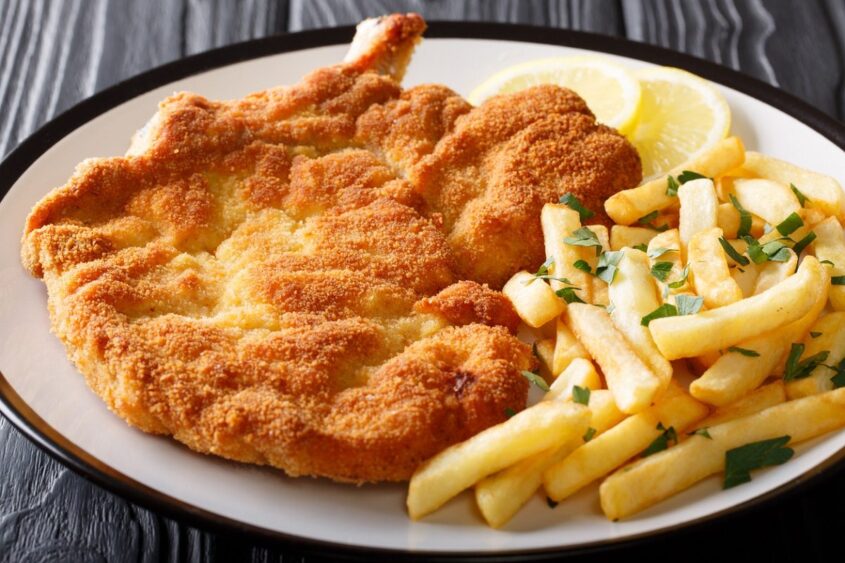
This dish is a breaded veal cutlet fried in butter and can be found everywhere in the city. This cousin of the schnitzel is rich, but not over the top, and as such something you can eat more regularity. In addition, you can prepare it and eat it in dozens of ways. Do people often compare the boneless versus bone-in ways of eating, thin and crunchy or thick and juicy?
Panettone
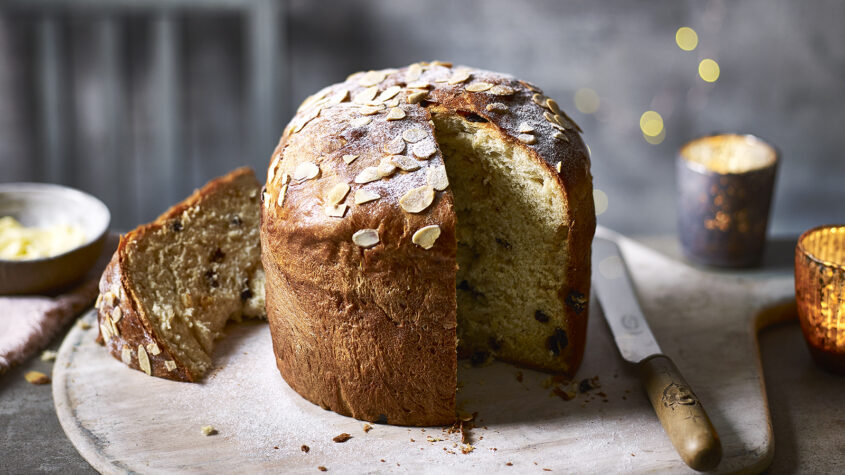
This Christmas fruitcake was born in Milan. During the holiday season, you can find it anywhere. Boxes are stacked in bakeries and are everywhere in supermarkets. Natives and tourists buy it as gifts for their friends and family, as nothing spreads a cheer like a slice of the pillowy sweetbread and a glass of prosecco. What is more, some pastry shops bake panettone year round and have mastered the art of this notoriously difficult bread, filled with large pieces of candied citrus fruits and raisins.
Polenta

When preparing in a rush and poorly, polenta is just a bland and uninspiring dish, which explains its often-bad reputation. However, when prepared properly, this boiled cornmeal is one of the most amazing comfort foods available. Citizens of Northern Italy are very serious about polenta, as various societies from the 18th and 19th centuries celebrate it as a piece of Italian culture. On the other side, southern Italians have use “polentone”, or “big polenta”, as a derogatory term to describe someone from northern Italy. Quite a clever and funny “insult” indeed.
Minestrone Milanese
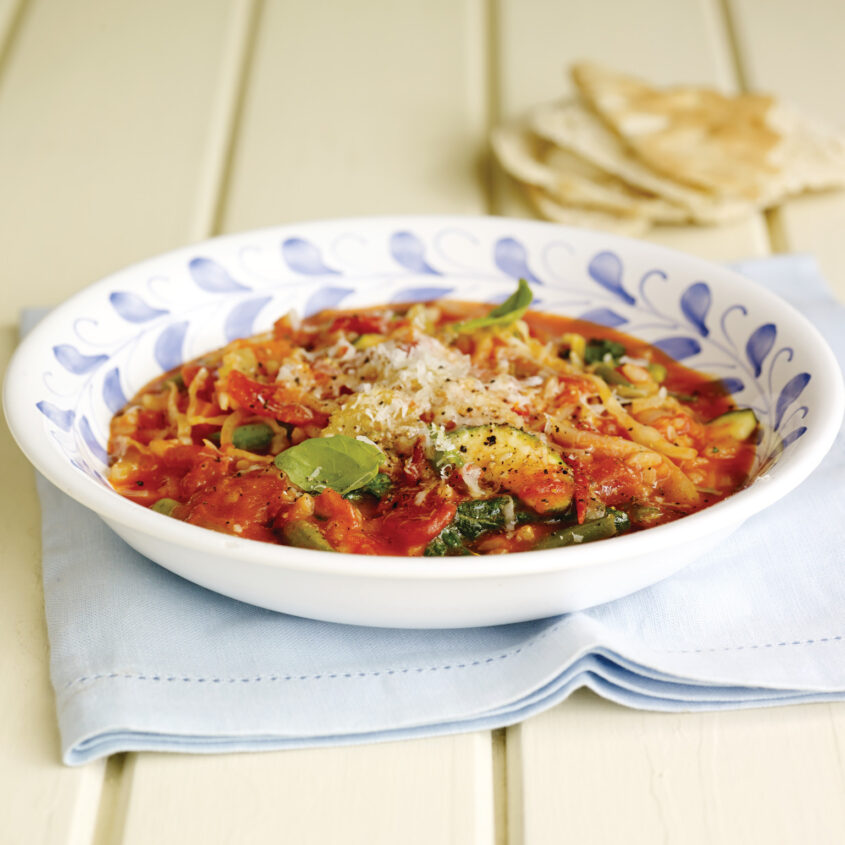
Considering their love of rice, the thing that separates minestrone in Milan is its use instead of pasta. With cabbage, celery, beets, spinach, parsley, tomatoes and others, the rice is cooked in broth. It is then served either hot in winter, or cold in summer. The soup is best for a solid few serving of vegetables, often lacking in traditional restaurants.
Cassoeula

This is warming pork and cabbage stew present on menus during colder periods of the year when everyone wishes for some hot steaming dishes. Except for sausages and cabbage, the head, feet, ears and more pig parts go into the pot. Traditionally, it is eaten on January 17th, which is the feast day of Saint Anthony the Abbot, the patron saint of pigs and butchers.
Gorgonzola
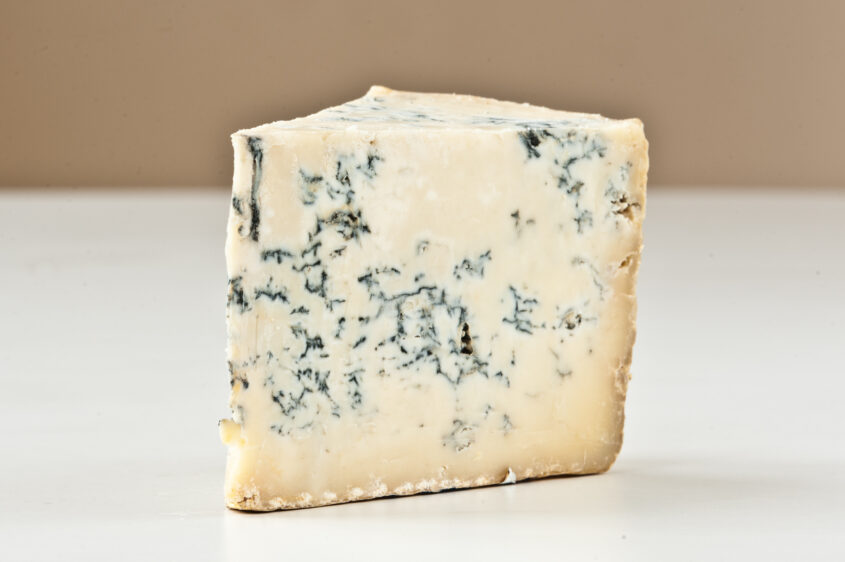
Small town of Gorgonzola near Milan is famous as the birthplace of this famous cheese. This area was the main center of cheese production, especially soft cheese. Some records from the 18th-century court of Empress Maria Theresa note that the area was used as meadows for dairy cows. Today, the cheese made from unskimmed cow’s milk comes from all over northern Italy, mainly Lombardy and Piedmont. Gorgonzola cheese has two forms. Dolce is sweeter and creamier, while Picante is spicy and pungent.
Trippa alla Milanese (Busecca)

Busecca means “tripe” in the Milanese dialect, and is the name of the Milanese preparation of the dish. The wholesome soup is made of tripe, beans, vegetables, broth, and tomato puree. It was popular around Milan, the “peasant” cuisine. This is why it is not that present in restaurants. However, in wintertime, traditional places serve it as a special.







